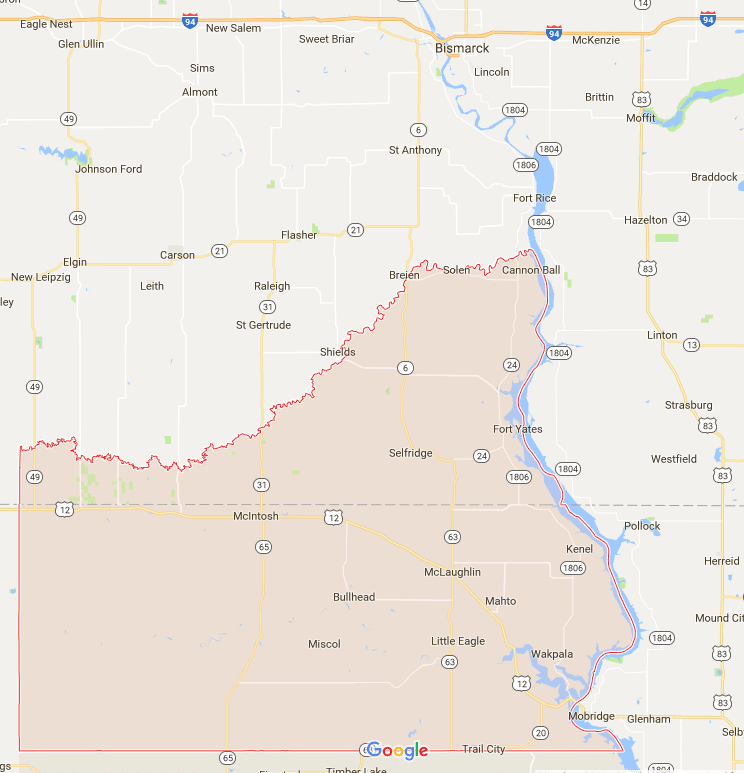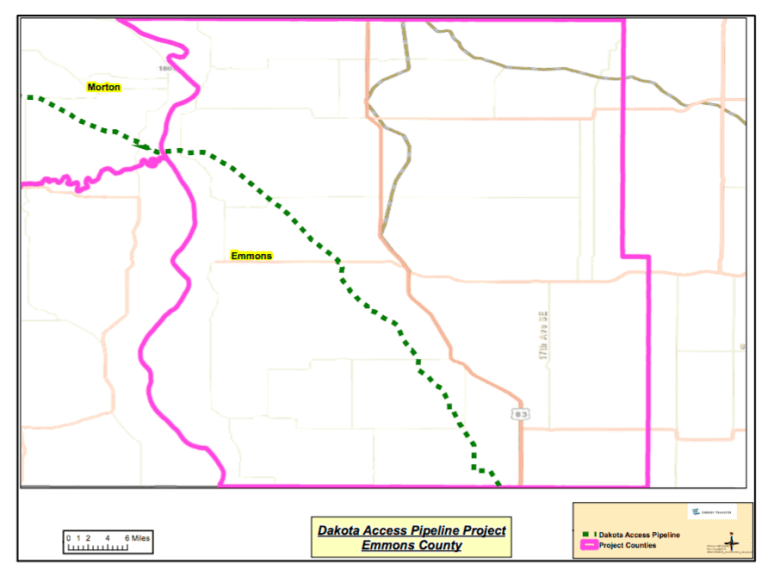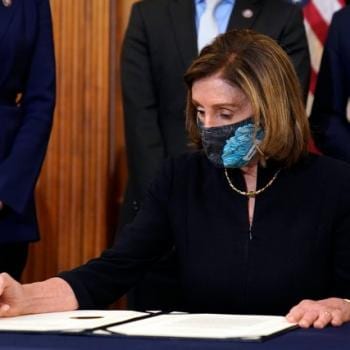This story has been largely invisible on national media. I’ve primarily been following it by shared Facebook statuses originally written by activists. The bottom line is this—the Dakota Access pipeline is being built near tribal lands belong to the Standing Rock Sioux tribe, against the tribe’s expressed wishes. Last Saturday, the company’s security used attack dogs and pepper spray on the protestors. The tribe identified several sacred burial grounds along the route and reported these sites to the appropriate agencies. The pipeline company, taking advantage of the long weekend, bulldozed those sites before state agents had the chance to assess their nature.
Yes, that happened.
On top of the sacred grounds that would be (and are being) disturbed by the pipeline, the Standing Rock tribe is concerned about their water supply. The pipeline would cross the Missouri River, which is where the tribe’s water comes from, around a half a mile from the tribal land. The tribe has argued that all pipes leak at least to some extent, and that this particular pipeline would be leaking directly into their water supply. Their efforts to stall the pipeline have been an inspiring example of community activism, and they’ve been joined in their battle by individuals from other tribes across the country.
I’m not as familiar on the issues involved here as I am on the issues I write about regularly. Some of the tribal leaders are arguing that the proper procedures for planning of this sort were not followed—that they should have been consulted but were not. I am not familiar with how these sorts of things generally work. How does eminent domain work with regards to tribal areas, for instance? But I can read maps, and I want to show you a few to illustrate the tribe’s concerns about water (and remember that this isn’t even getting to the sacred sites).

This is the Standing Rock Reservation. As you can see, the river forms its eastern border. It also plays a significant role in the tribe’s daily life and their local economy.

The green dotted line is the pipeline. The pink squiggly lines to the left of the map are rivers. The north-south one is the Missouri River. If you compare the two images, you can see that the pipeline would cross the Missouri River immediately north of the Standing Rock Reservation, meaning that the tribe’s section of the river would be immediately downriver from any leaks or spills from the pipeline. I can see how that would be more than a little concerning, especially given the importance of the river to the tribe!
I would like to see us move away from reliance on fossil fuels as a general rule. However, I understand that even a transition away from fossil fuels would take time, and that we can’t eliminate fossil fuels overnight. I’m not an expert on the pros and cons of pipelines versus other methods of moving crude oil (though I did find this article interesting), but I do recognize that as long as we use crude oil, it has to be shipped somehow.
That all said, the U.S. has a long history of not respecting Native American’s rights over their own land. Even once Native Americans were confined to reservations, those reservations were often chipped away at little by little over time. And we’re all aware that reservations have served as handy spots for dumping nuclear waste, yes? Native American communities need to be given more say over decisions that affect their land—and their sacred sites—than they have historically been granted. Our various regulatory bodies could do this by halting construction on the Dakota Access and allowing more time for discussion and for assessment of the Standing Rock Sioux’s concerns about both sacred lands and environmental fallout.
And beyond this? Things like hiring a private security firm to set dogs on protestors—or having bulldozers quickly tear up sacred sites before the paperwork protecting them can be completed—should not be happening in a country ostensibly based on freedom and democracy. The government should require those who made these decisions to be fired before allowing construction on any section of the Dakota Access pipeline to continue.
And yes, I should have written about this sooner.















